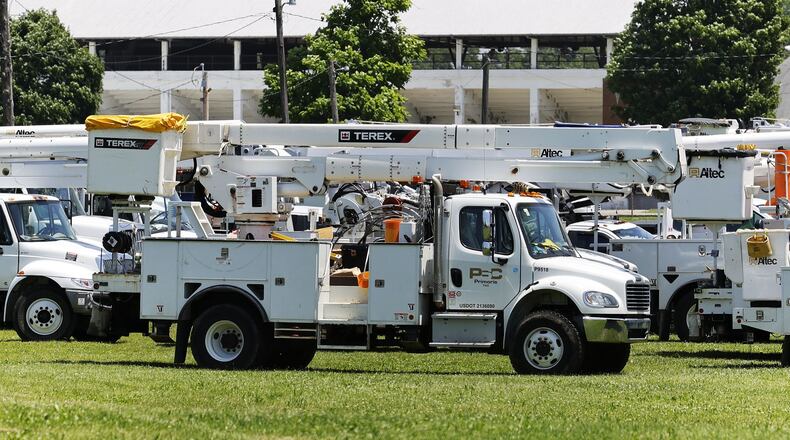Since then, relevant parties in the case, including Duke Energy, PUCO, the Ohio Consumers’ Counsel [OCC], Duke Energy customers and tertiary stakeholders have had ample opportunity to argue for or against the hike — whether it was through PUCO’s technical staff formally recommending a much lower rate increase, or the OCC recommending a rate decrease in the face of soaring costs of living, or customers speaking at any of the three public hearings held in southwest Ohio.
The evidentiary hearing, then, worked as an in-person culmination of each of those arguments, which were presented before a judge who directed the five days of hearings. The rate case is complete once PUCO’s board of commissioners assess all arguments and hand down a binding decision.
As reported by the Journal-News, most major parties in the case agreed on a compromise weeks before the evidentiary hearing. That stipulation agreement (often referred to as a settlement) stated that Duke Energy and PUCO technical staff would be satisfied with allowing measures that would provide a $22.6 million yearly revenue increase for the utility provider.
“In this case, there was a settlement between a large number of parties, but not all — the Ohio Consumers’ Counsel is in opposition to it,” PUCO spokesperson Matt Schilling said.
When it came time for the evidentiary hearing, Duke Energy, PUCO’s technical staff, and the rest of the stipulation signatories advocated for that pre-agreed settlement.
“The utility put forth a number of witnesses at the hearing to support its stipulated settlement that it has with the other parties. Their task at the hearing is to basically put evidence into the record on why the commission should agree with that settlement,” Schilling said. “PUCO staff witnesses also testified in support of this settlement.”
Meanwhile, the OCC provided its own witnesses and cross-examined others, including Amy Spiller, the president of Duke Energy’s operations in Ohio and Kentucky. The OCC’s interest was in arguing against any distribution rate increase, said OCC spokesperson Merrilee Embs.
“The Ohio Consumers’ Counsel, the state’s voice for residential utility consumers, finds the settlement to be unacceptable for Duke’s electric consumers,” Embs said in a statement. “Instead of the settlement’s proposed rate increase for Duke consumers, we have submitted expert testimony recommending that the PUCO reduce Duke’s rates. With soaring energy prices, inflation and lingering challenges from the pandemic, this is not the time to increase consumers’ electric bills.”
Casey Kroger, a spokesperson for Duke Energy, said the hearing contained nothing out of the ordinary.
“I think, as far as the hearing goes, it was pretty normal and as expected on our end,” Kroger said. “We had several witnesses on the stand who were cross-examined by the OCC and testified on behalf of Duke Energy.”
Kroger iterated that Duke Energy officials are hopeful that the PUCO board’s decision falls in line with the stipulation agreement, given that it has the support of stakeholders — including PUCO’s technical staff.
“We came to a number that we were both happy with, and [it’s a number] that benefited our customers; and [we’re] moving forward with adding smart technology and enhancing our grid and [adding] all of these customer benefits to our offerings,” Kroger said. She added that a decision in line with the agreement would help the utility provider recoup its multi-million dollar investments in Ohio.
“We’re hopeful and happy with the stipulation, and are just kind of waiting to hear the final result,” Kroger said.
Once that final result comes, Kroger confirmed that Duke Energy customers would see a change in their billing as soon as possible, which likely means a bump in their electricity bill in the first billing cycle after the decision goes through.
Before that, parties have one more chance to make their case, this time in the form of summarizing written briefs submitted to the PUCO board.
“I always like to think of legal briefs as your final argument in the case,” Schilling said. “Everyone gets to file an initial brief, and then you file a round of replies, where you can opine on other people’s briefs.”
Initial briefs are due Oct. 31, while replies are due Nov. 12. At that point, Schilling said, the case “is really ripe for a decision from the commissioners,” which usually comes about two weeks later.
CONTINUED COVERAGE
The Journal-News has been covering Duke Energy distribution rate increase case since it began. Connect with this journalist by emailing avery.kreemer@coxinc.com and read more at journal-news.com.
About the Author

